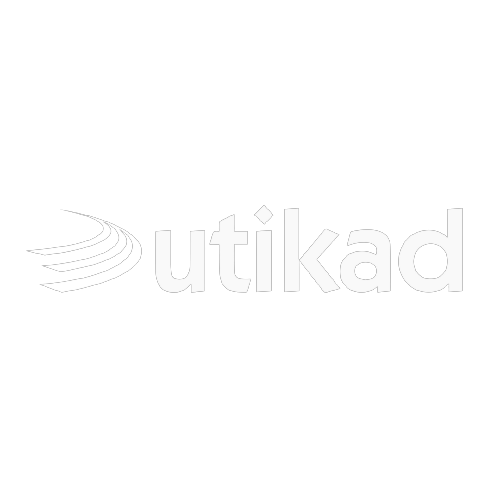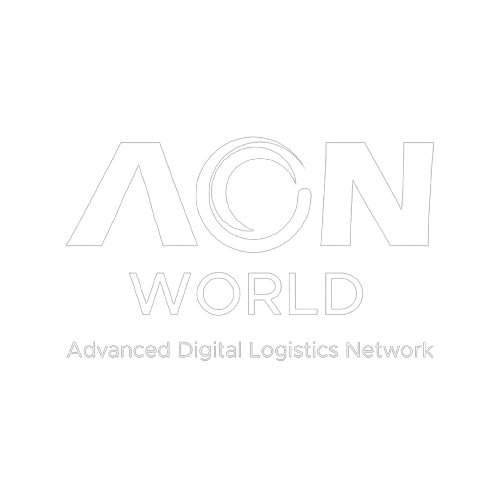
Izmır Office
Istanbul Office






Understanding Incoterms 2022: A Comprehensive Guide
International trade is the backbone of the global economy, facilitating the exchange of goods and services across borders. However, the complexities and risks involved in international transactions can be daunting. This is where Incoterms come into play. Incoterms, short for International Commercial Terms, are a set of standardized rules that define the responsibilities of buyers and sellers in international trade. They provide clarity, reduce misunderstandings, and ensure a smoother flow of goods from one country to another.
What Are Incoterms?
Incoterms are published by the International Chamber of Commerce (ICC) and are regularly updated to reflect changes in the global trade environment. As of 2022, the latest revision is Incoterms 2022. These rules specify who is responsible for various costs and risks associated with the shipment and delivery of goods. Incoterms are widely accepted and used in contracts for the sale of goods worldwide.
Key Changes in Incoterms 2022
Incoterms 2022 introduces several notable changes and updates compared to its predecessor, Incoterms 2020. Some of the key changes include:
Incoterms 2022 introduces a new Incoterm: CNI (Cost and Insurance). CNI is designed to address a gap in coverage by combining elements of CIF (Cost, Insurance, and Freight) and CIP (Carriage and Insurance Paid To). Under CNI, the seller is responsible for insurance, carriage, and other costs, providing a more comprehensive coverage option for buyers.
Incoterms 2022 expands the flexibility of the FCA (Free Carrier) term by allowing the parties to specify an additional place for delivery, such as a port terminal or an inland location. This change can be particularly useful in cases where goods need to be delivered to multiple locations within a single country.
Security-related requirements have been updated in Incoterms 2022 to align with international standards. These changes emphasize the importance of complying with security measures and regulations during international transport.
Incoterms 2022 acknowledges the increasing use of digital technology in trade documentation. It recognizes electronic communication and the use of digital signatures and records, making it more in line with modern business practices.
Understanding Incoterms 2022: The Basics
To navigate the complex world of international trade effectively, it’s essential to have a solid grasp of Incoterms 2022. Here are some fundamental aspects to consider:
Incoterms are divided into four categories:
Each category represents a different level of responsibility and risk for both the buyer and seller.
Incoterms clearly define the responsibilities of the buyer and seller at each stage of the transaction, including the transfer of risk, costs, and documentation.
Incoterms specify the point at which risk and responsibility transfer from the seller to the buyer, such as when the goods are loaded on a vessel (FOB) or when they are delivered to the buyer’s premises (DAP).
Incoterms detail which party is responsible for various costs, including shipping, insurance, customs duties, and handling fees. This is crucial for budgeting and cost control.
Understanding who is responsible for insurance coverage is vital to ensure that goods are protected during transit. In Incoterms 2022, the new CNI term focuses on insurance.
Selecting the Right Incoterm
Choosing the appropriate Incoterm for your international trade transaction is crucial. It depends on factors such as the nature of the goods, the mode of transportation, and the level of risk you are willing to bear. Consulting with legal and logistics experts is often recommended to make an informed decision.
Conclusion
Incoterms 2022 plays a pivotal role in facilitating international trade by providing a common language for buyers and sellers to define their responsibilities. Staying updated on the latest Incoterms, like Incoterms 2022, is essential for anyone engaged in global commerce.
By understanding these rules and their changes, you can mitigate risks, reduce misunderstandings, and ensure smoother international transactions. Whether you are an importer, exporter, or involved in any aspect of international trade, Incoterms 2022 is a valuable tool for your business toolkit.
Remember that while Incoterms provide a standardized framework, the specifics of each transaction should be clearly documented in your sales contract to ensure both parties are on the same page regarding their obligations and responsibilities.
Incorporating Incoterms 2022 into your international trade practices can help you navigate the complexities of global commerce with confidence and clarity.